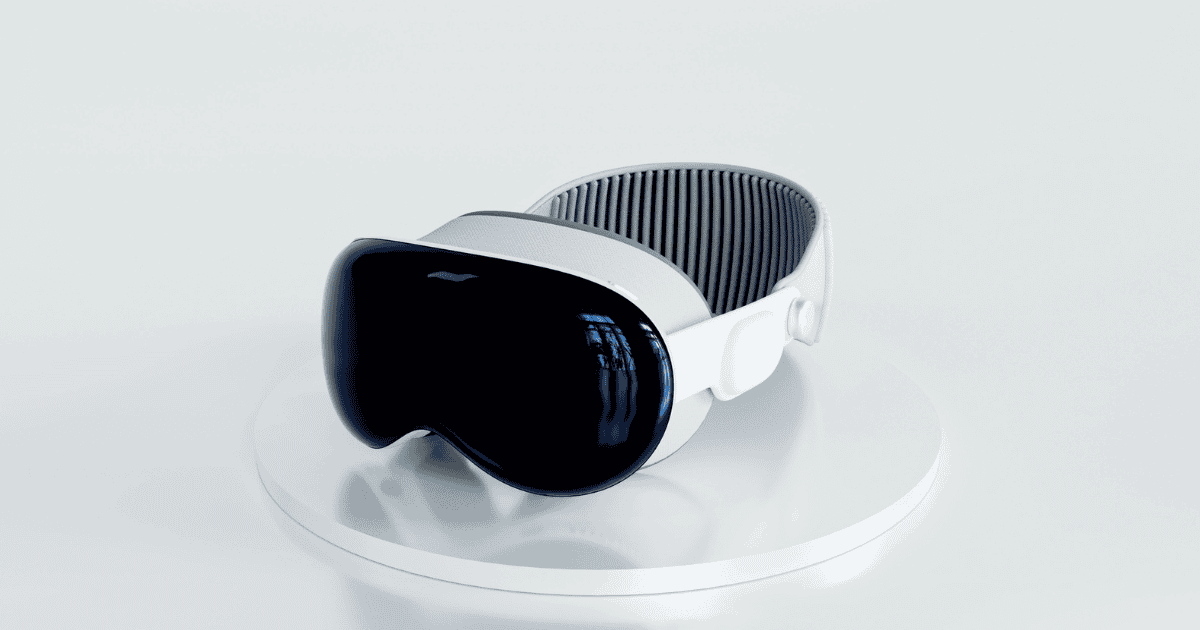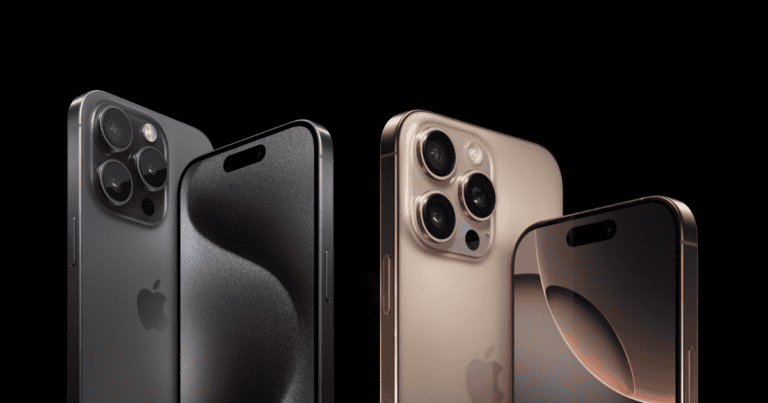Apple’s foray into augmented and virtual reality (AR/VR) technology with the Vision Pro headset has been groundbreaking, but it hasn’t come without challenges. With the current Vision Pro priced at $3,499, its high cost has limited market reach and dampened sales. Now, renowned Apple analyst Ming-Chi Kuo claims that Apple is working on a new Vision Pro version equipped with the unreleased M5 chip, slated for a 2025 release. However, plans for a more affordable model have reportedly been delayed until after 2027.
In this article, we’ll explore what the new Vision Pro with the M5 chip might bring, why Apple has delayed its budget-friendly model, and what this means for Apple’s future in the mixed reality market.
Current Vision Pro: Pricing, Challenges, and Market Performance
When Apple introduced the Vision Pro in June 2023, expectations were high for this $3,499 AR/VR headset. However, its steep price point and the limited availability of practical applications have hindered widespread adoption. Despite Apple’s reputation for premium, high-end products, the Vision Pro’s price has been a barrier for many potential buyers.
Kuo notes that the Vision Pro’s challenges extend beyond its price. The device lacks compelling use cases that demonstrate its full potential, making it difficult for consumers to see the value in such an expensive purchase. In order to make the Vision Pro a staple in the AR/VR space, Apple needs to offer experiences and applications that resonate with a broad range of users.
M5 Chip Upgrade: How It Could Transform Vision Pro
The anticipated release of a Vision Pro with the M5 chip in 2025 could mark a turning point for Apple’s AR/VR headset. The M5 chip is expected to deliver major improvements in processing power, graphics, and battery efficiency, enhancing the headset’s overall performance. This upgrade could allow for smoother interactions and more immersive experiences in virtual environments.
For professional users who require powerful tools for tasks like 3D modeling, video editing, and complex simulations, the M5-powered Vision Pro could offer a valuable advantage. Improved efficiency could also lead to extended battery life, making the headset more practical for longer periods of use. By focusing on powerful hardware upgrades, Apple could position the Vision Pro as a serious contender in the professional AR/VR market, appealing to creative and industrial sectors.
Why Apple Delayed the Affordable Vision Pro Model
Despite rumors of an affordable Vision Pro model, Apple has chosen to delay its release until “beyond 2027.” According to Kuo, this decision isn’t just about pricing but is also tied to Apple’s need to define the headset’s purpose. Without successful use cases that justify the device’s presence in users’ lives, Apple risks compromising its brand reputation with an affordable model that fails to deliver meaningful value.
This delay gives Apple time to focus on developing practical applications that demonstrate the Vision Pro’s potential, from productivity tools to entertainment and education. By waiting, Apple can build a more compelling ecosystem around the Vision Pro, ensuring that a lower-cost model won’t feel like a downgrade but a fully supported, useful device.
Vision Pro Use Cases: What’s Missing and What Could Come
To make the Vision Pro more appealing, Apple will need to expand the types of applications available to users. In the AR/VR space, use cases such as remote work, virtual collaboration, immersive gaming, and virtual training have proven successful. Apple could bring similar functions to the Vision Pro, allowing users to experience meetings in virtual workspaces, enjoy enhanced gaming graphics, or engage in learning and training programs that feel like real-life scenarios.
Collaboration with developers and companies could also be key to enriching the VisionOS platform. Apple’s partnerships in other tech areas, such as its developer programs for the App Store, have helped it cultivate a vast ecosystem. By supporting VisionOS development, Apple could introduce new functionalities that broaden the Vision Pro’s appeal and utility.
Smart Glasses Rumor: Apple’s Lightweight, iPhone-Powered AR Device
Bloomberg’s Mark Gurman reports that Apple is also working on a separate wearable: iPhone-powered smart glasses. Unlike the standalone Vision Pro, these smart glasses would connect to an iPhone for processing power, allowing them to be lighter and more affordable. If Apple releases these glasses, they could serve as an entry-level device for those curious about AR without the investment required for the Vision Pro.
The smart glasses would offer users the ability to experience augmented reality in a simplified form, ideal for navigation, notifications, and quick interactions with digital overlays. This approach aligns with Apple’s strategy of gradually introducing users to new technology, similar to how the Apple Watch became an accessible gateway to wearable technology.
What the Delayed Affordable Vision Pro Means for Apple’s Future AR/VR Plans
By delaying the affordable Vision Pro model, Apple gains more time to develop a comprehensive ecosystem around mixed reality. A mature VisionOS platform, combined with a solid catalog of applications, could make future Vision Pro models more compelling. When the affordable model finally does arrive, it will likely benefit from the advancements in hardware and software that Apple is implementing now.
This timeline also reflects Apple’s preference for a long-term approach in its product lineup, prioritizing quality and user experience over quick market capture. The M5-powered Vision Pro could serve as a benchmark for what users can expect from Apple’s mixed reality technology, setting the stage for a fully realized AR/VR ecosystem when the affordable model eventually launches.
Apple’s Vision for Mixed Reality Beyond 2025
The next few years are crucial for Apple’s Vision Pro and its place in the AR/VR market. The release of the M5-powered Vision Pro in 2025 promises enhanced capabilities, positioning the device as a high-end tool for professionals and early adopters. However, Apple’s decision to delay an affordable Vision Pro variant until beyond 2027 underscores its commitment to delivering meaningful use cases and a polished user experience.
Apple’s vision for mixed reality doesn’t stop with the Vision Pro. The rumored smart glasses powered by the iPhone could bring augmented reality into everyday life in an accessible way, offering a bridge for users between their smartphones and fully immersive AR/VR devices. With a careful, deliberate approach, Apple is laying the groundwork to shape the future of AR/VR technology, prioritizing value, quality, and usability for a broad audience.
As Apple continues to refine its AR/VR lineup, the Vision Pro’s evolution will likely influence the broader market, setting standards for immersive technology in both professional and consumer spaces. Whether through a high-powered M5 Vision Pro, a budget-friendly model, or innovative smart glasses, Apple’s commitment to mixed reality could transform the way we interact with digital content in the years to come.






